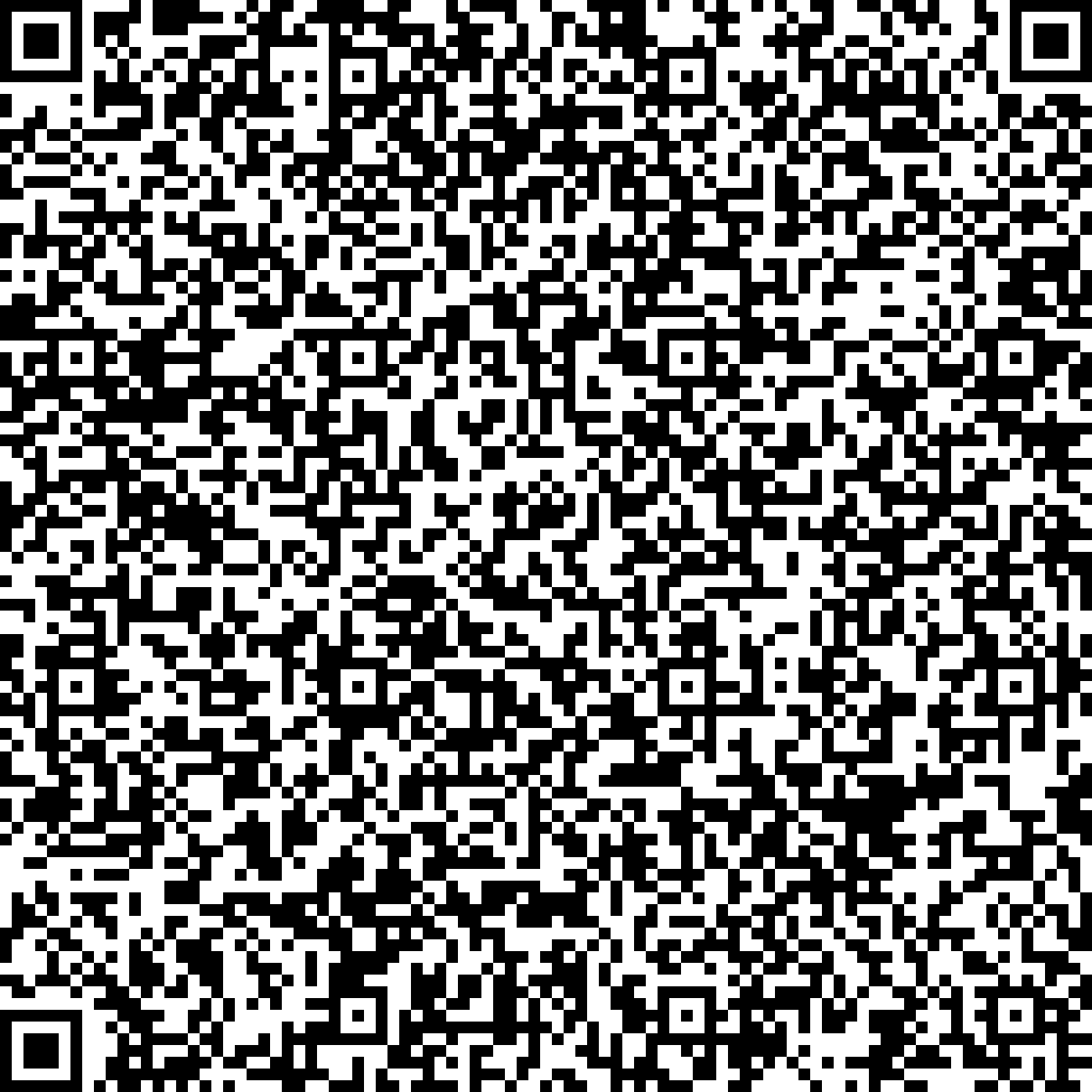


No matter in which culture, great religious feasts lead to opulent sweets and high level bakery art work resulting in cakes, cookies and other sweet delicious confectioneries. Star shaped cinnamon biscuits (Zimtsterne, cinnamon stars), Panettone in Italy, Stollen in Dresden, sugar pretzels and other examples define a class of sugar based foods with exceptional sweet taste, but very different mouth feel.
In this talk the different universality classes of bakery products will be considered from a simple physical point of view. Proteins, water, starch and granular materials, such as ground nuts and almonds, form different kinds of dough, based on simple molecular properties. Wheat flour and water form viscoelastic elastic dough materials which can be widely deformed without rupture. Short bread and cookies based on granular materials form brittle semi-solid doughs.
The role of the sugar, apart from its culinary function as sweetener, is essential for the physics of the different systems. In panettone and other sponge mixtures (Biskuit in German) it binds water and keeps moisture during baking and longtime storage. In short bread and cinnamon stars it forms together with proteins (wheat or egg white) glasses after drying (baking) between the granules.
The central message of the talk will be a unified view of the dough based on the different functions of its basic ingredients proteins, starch, water and fat, where sugars provide fine tuning on local scales - especially in Christmas bakery.



No matter in which culture, great religious feasts lead to opulent sweets and high level bakery art work resulting in cakes, cookies and other sweet delicious confectioneries. Star shaped cinnamon biscuits (Zimtsterne, cinnamon stars), Panettone in Italy, Stollen in Dresden, sugar pretzels and other examples define a class of sugar based foods with exceptional sweet taste, but very different mouth feel.
In this talk the different universality classes of bakery products will be considered from a simple physical point of view. Proteins, water, starch and granular materials, such as ground nuts and almonds, form different kinds of dough, based on simple molecular properties. Wheat flour and water form viscoelastic elastic dough materials which can be widely deformed without rupture. Short bread and cookies based on granular materials form brittle semi-solid doughs.
The role of the sugar, apart from its culinary function as sweetener, is essential for the physics of the different systems. In panettone and other sponge mixtures (Biskuit in German) it binds water and keeps moisture during baking and longtime storage. In short bread and cinnamon stars it forms together with proteins (wheat or egg white) glasses after drying (baking) between the granules.
The central message of the talk will be a unified view of the dough based on the different functions of its basic ingredients proteins, starch, water and fat, where sugars provide fine tuning on local scales - especially in Christmas bakery.